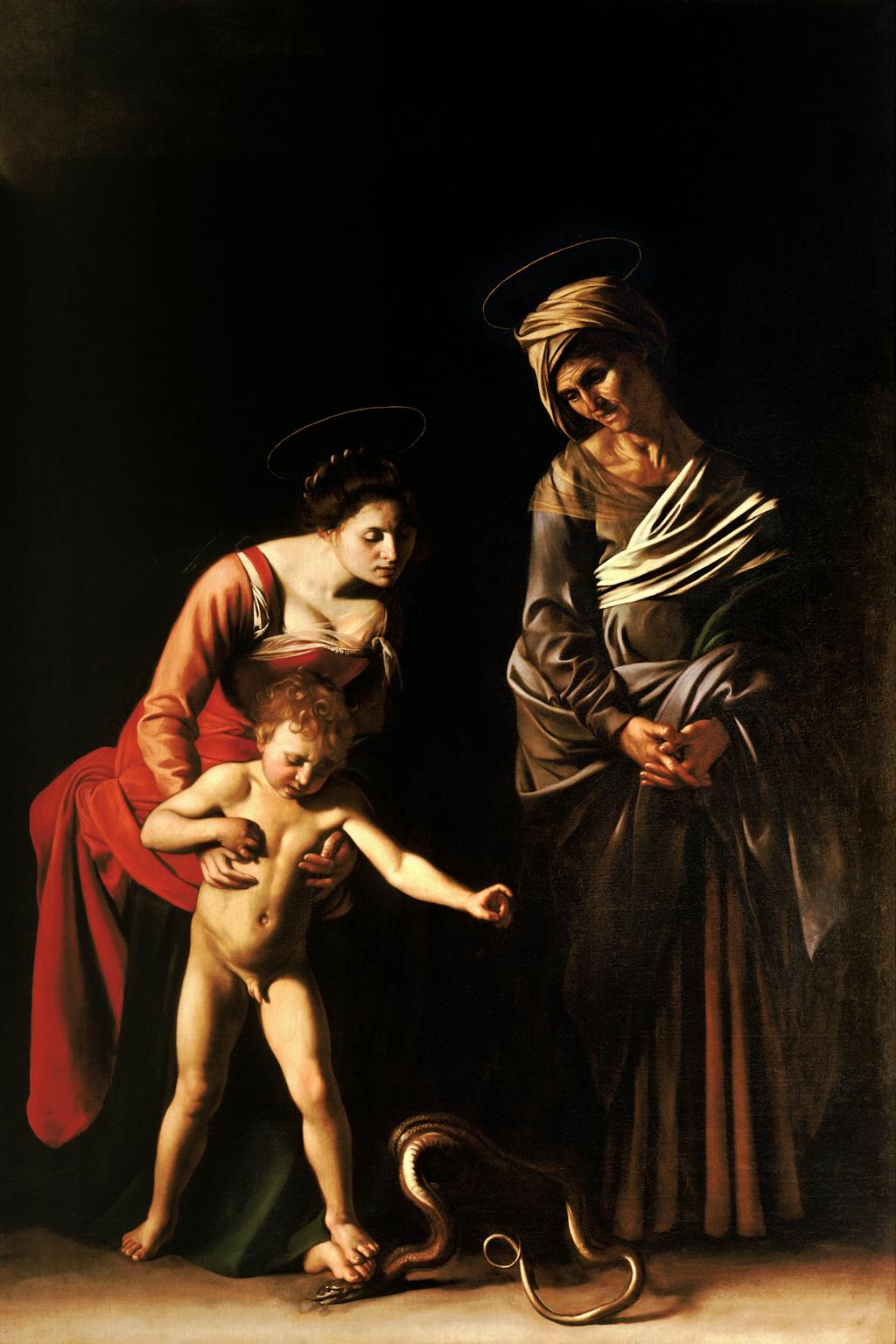How Caravaggio shocked the art world
The Italian painter's artistic expression disrupted Renaissance idealism.
By Léa Nedwed
Michelangelo Merisi da Caravaggio was born on 29 September, 1571 in Milan, Italy. The renowned Italian painter marked the beginning of a new era in art history by creating striking paintings that were ahead of their time.
Caravaggio shattered the idealised, almost artificial nature of Renaissance art with his radical style that was completely different from his immediate predecessors such as Raphael and Michelangelo.
Often described as tormented and violent, his works – most of which are religious – sparked passionate debate among viewers at the time, when people were accustomed to paintings of graceful Madonnas in idyllic settings.
The contrast was so striking that today, Caravaggio’s visceral, intensely realistic paintings are generally considered to mark the birth of modernism.


Caravaggio emerged on the art scene when there was a need for renewal, especially since the socio-political context in 16th century-Europe called for a radical change in the representation of the sacred. Faced with the Protestant Reformation and accusations of abuse, the Roman Catholic church resorted to education and used art as a tool to address illiterate audiences who could not read sacred texts. Paintings were required to be more than mediums that represented perfect beauty – they were required to convey a convincing narrative that would stimulate and restore faith among Catholic viewers.
In this context, Caravaggio’s painting style and artworks were incredibly innovative. His art was so compelling that it was sometimes rejected by the Church because it was deemed inappropriate. Some of his artworks even had to be repainted because they strayed too far from traditional iconography. Caravaggio’s art made a significant impact on his contemporaries due to three main characteristics:
1. Excessive realism
Caravaggio firmly believed in the study of reality, so instead of practicing academic drawing, he portrayed ordinary people whom he found on the street. He made fortune tellers and card players the subjects of his works – until then, scenes of everyday life were considered too insignificant to be represented in painting. In his religious works, he used real-life models, including the destitute, beggars, and labourers, to represent biblical figures. He painted them realistically, with all their human flaws. Under the guise of humble characters, Caravaggio’s holy figures resemble those in biblical texts, however, this excessive realism sometimes shocked Caravaggio’s contemporaries. The artist’s use of a well-known courtesan, instantly recognisable to all, as a model for the Virgin Mary sparked outrage (Madonna and Child with St. Anne, 1605-06). His Death of the Virgin (1601-06) also fuelled anger for portraying Mary as a simple woman lying on her deathbed with a swollen stomach. Disturbingly human, this depiction of the Virgin was rejected by the Church but it appealed to private collectors. This painting was acquired by a prominent member of one of Italy’s ruling families – the Duke of Mantua.

2. Intense emotions
Working from live models, Caravaggio convincingly captured both the appearance and emotion of his characters. By portraying striking expressions and actions, he sought to reach his audience in a way that had never been done before. The artist immortalised fateful moments that give way to powerful narratives. His stories are also often marked by violence, underlining tragic drama and physical action, and often elicited – and continue to elicit – strong reactions from viewers. This new level of emotional intensity is perfectly exemplified by Judith Beheading Holofernes (c. 1599), a spine-chilling masterpiece. The story of Judith, an ancient heroine of the Old Testament, had been widely represented by other artists before. They often depicting her as a symbol of virtue triumphing over evil, but Caravaggio chose to specifically depict the dramatic climax of the story, when, after tricking the Assyrian General Holofernes, the young Israelite widow callously lops off his head. This sensational painting immortalises the brutal murder, with Judith’s sword slicing through Holofernes’ neck, causing blood to gush out while the heroine’s steely gaze fixes on his wide, terrified eyes.

3. Dramatic staging
Caravaggio heightened the dramatic impact of his painted scenes thanks to various techniques, such as emphasising the contrast between light and shadow, known as tenebrism. The subjects appear artificially lit and set against a dark background, as if they are on a theatre stage. This draws the viewer’s eye to the action and the main elements of the story, and adds narrative depth and emotional intensity. Extreme lighting can also be combined with unusual viewpoints and exaggerated motion, giving the paintings a greater sense of drama as illustrated by The Conversion on the Way to Damascus (c. 1600-01). The light that strikes the Roman centurion Saul as he falls from his horse evokes spiritual lighting and brings the main character into sharp focus. In comparison, the old groom is not illuminated to such an extent by the divine light, and he lurks in the shadows as a result. Painted from a low perspective, the scene is structured along strong diagonals that give the illusion of movement.

Caravaggio’s impressive paintings broke away from the conventions of the High Renaissance and laid the foundation for the Baroque era. His distinctive style inspired countless painters, with his direct followers known as Caravaggisti. The artist’s work later fell in to obscurity for centuries until its revolutionary influence was rediscovered at the beginning of the 20th century. Today, his oeuvre continues to exert an influence on younger generations of artists that go beyond the realm of painting. The dramatic nature and proximity of his work gives it a cinematic feel, leading film director Martin Scorsese to say that Caravaggio “ would have been a great film-maker.”
Read more
Audiocasts







